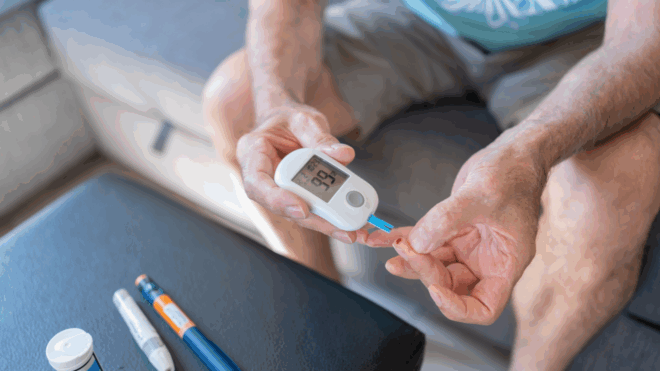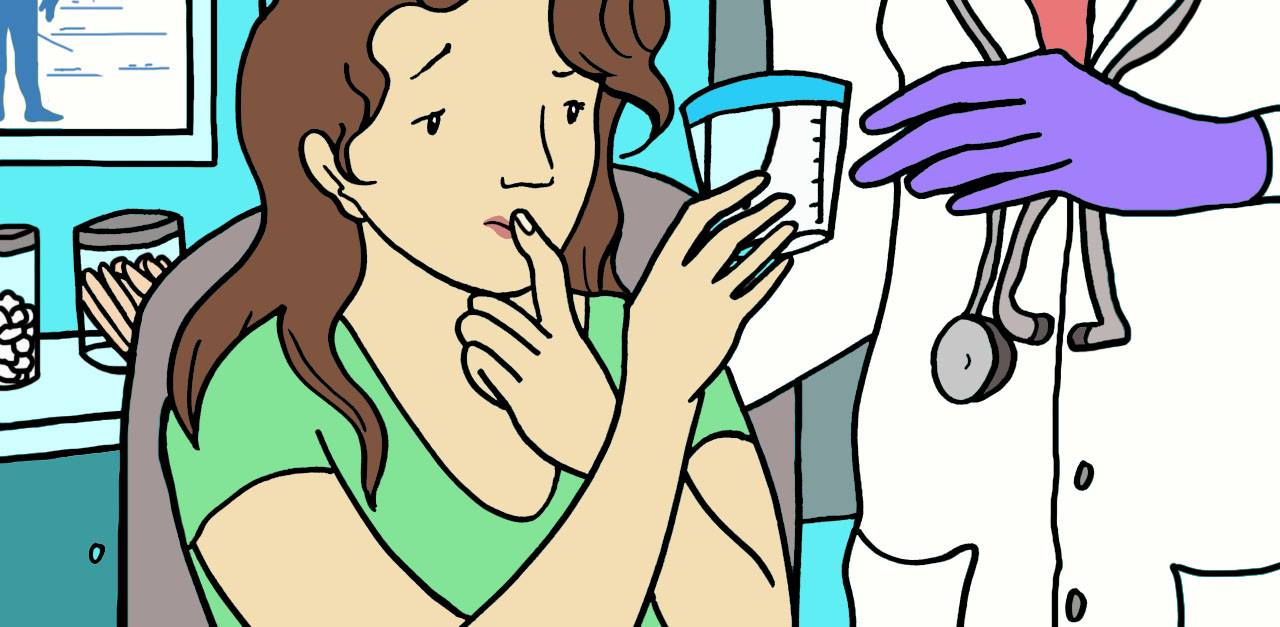
Have you ever sat down to go number one and been sorely disappointed?
Not being able to poop is one thing, but having trouble peeing can be even more frustrating and uncomfortable.
The technical name for this condition is urinary retention. Those of us who don't work in the medical field just say that we're having trouble peeing.
Of course, there are things other than urinary retention that may be obstructing your bathroom break. For instance, Troy Madsen, an emergency room doctor at University of Utah Health Care, explains that men's prostates enlarge as they get older, which makes it harder to pee.
If you're not an older man, you don't have that to worry about that. However, that doesn't stop us from having trouble going number one once in a while.
Instead of jumping to conclusions, learn some easy ways to induce urination safely and effectively.
Photos: Morgan Swofford For LittleThings; Wikimedia Commons / Turbotorque
What Could Be Causing An Inability To Pee?
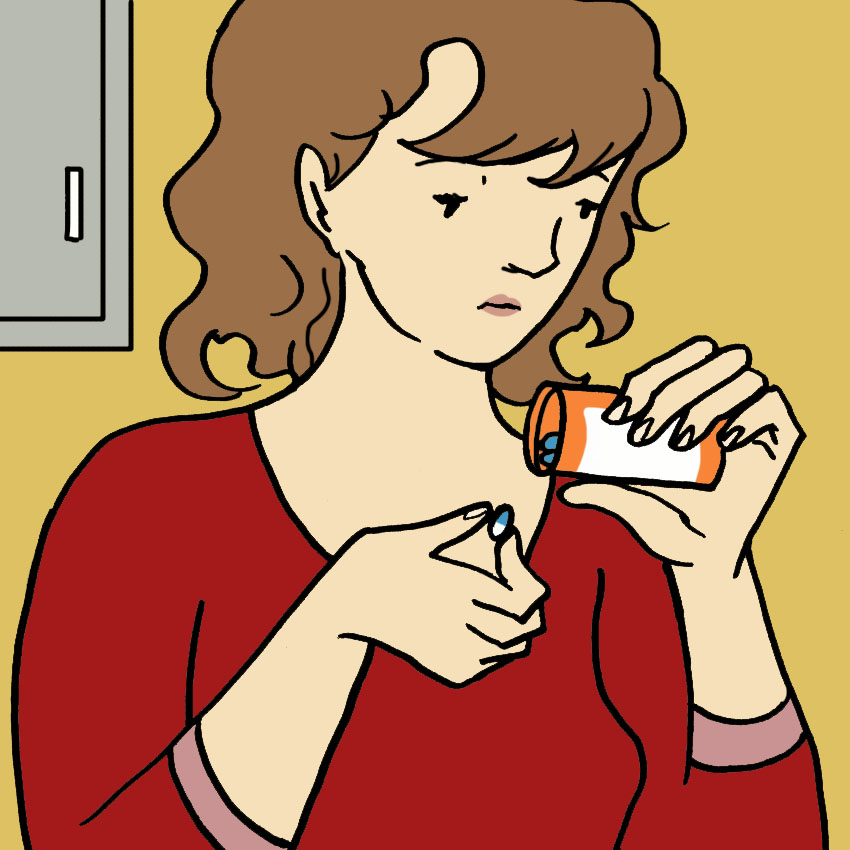
The National Institute of Diabetes and Digestive and Kidney Diseases describes urinary retention as "the inability to empty the bladder completely."
They list obstruction of the urethra, nerve problems, medications, and weakened bladder muscles as potential causes.
Of course, another potential cause could just be nerves at the doctor, or if you're extremely bloated and can't quite get the last part out.
Remedy #1: Drink A Lot Of Water

This may sound self-explanatory, but if there is a little bit of lingering urine that you can't quite pass, an easy solution is to drink some water.
You may be unable to pee because you're dehydrated and there isn't enough liquid in your bladder to pass.
Remedy #2: Eat Diuretic Foods
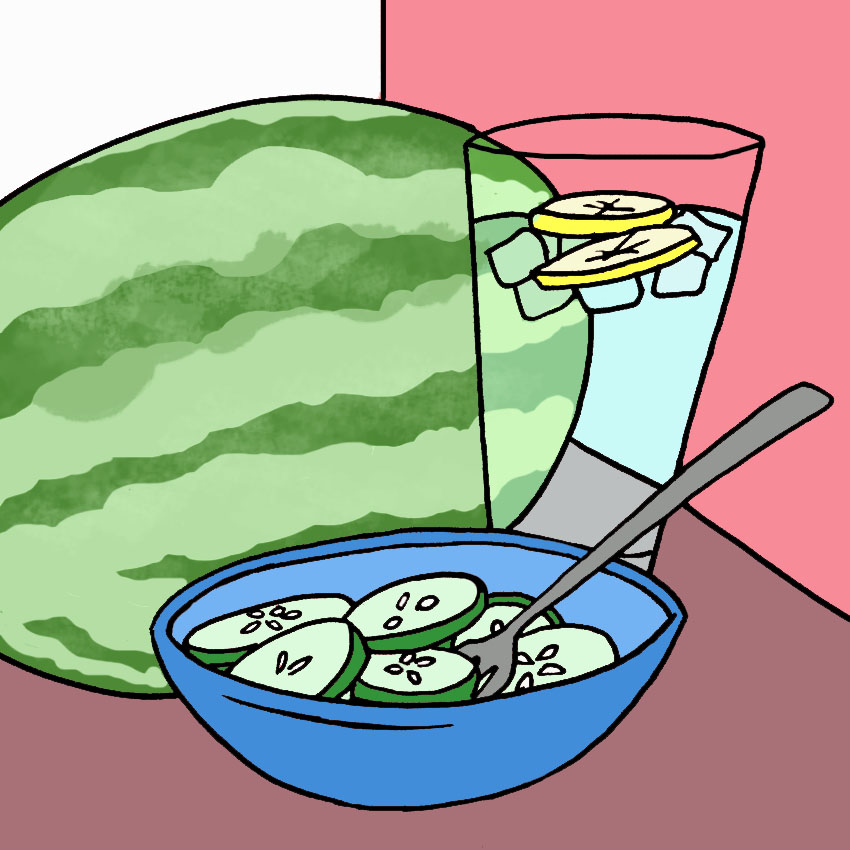
Chances are, you've mostly heard the term diuretic foods in the context of weight loss — specifically, water weight loss.
The Mayo Clinic explains that "natural diuretics may help relieve fluid retention by making you urinate more."
Some examples of diuretic foods are asparagus, beets, cabbage, celery, and cranberries, according to Rodale's Organic Life.
Remedy #3: Run Water Or Hold Your Hands Under Running Water
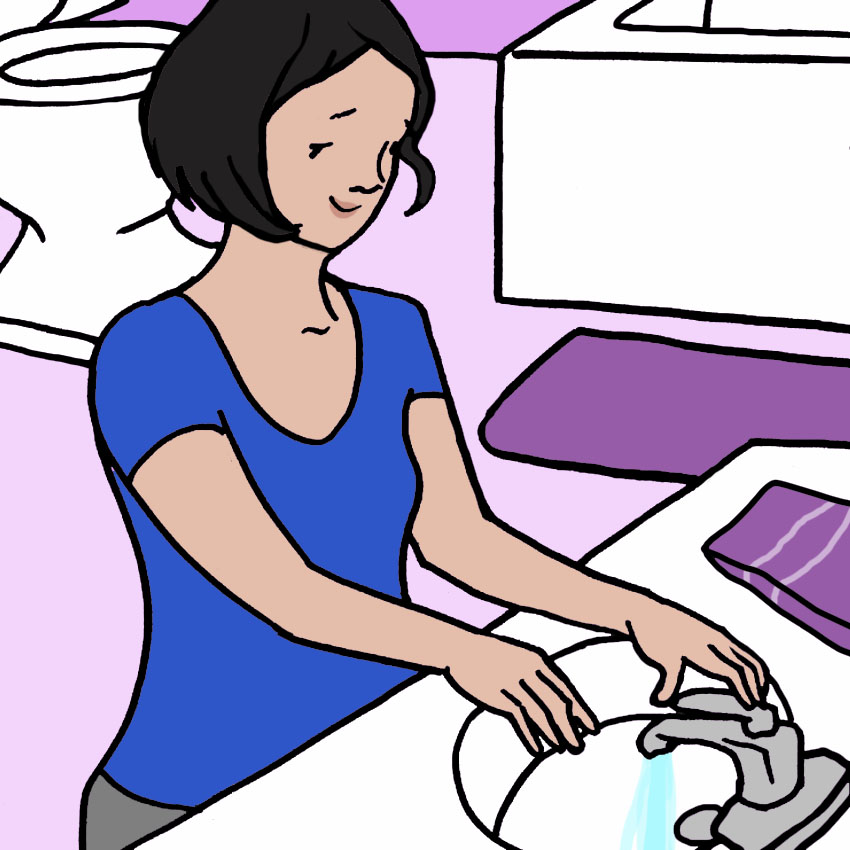
Most of us know the old trick that the sound of running water helps you feel the urge to urinate.
But is it just an old wives' tale? Apparently, there is some evidence behind the theory, according to a study published in the peer-reviewed journal PLOS One.
Researchers found that participants, who suffered from lower urinary tract symptoms, all had a much easier time urinating with assistance from the sound of running water.
If you're having trouble peeing, it's definitely worth a try. You can even play a waterfall sound on your phone!
Remedy #4: Bend Forward
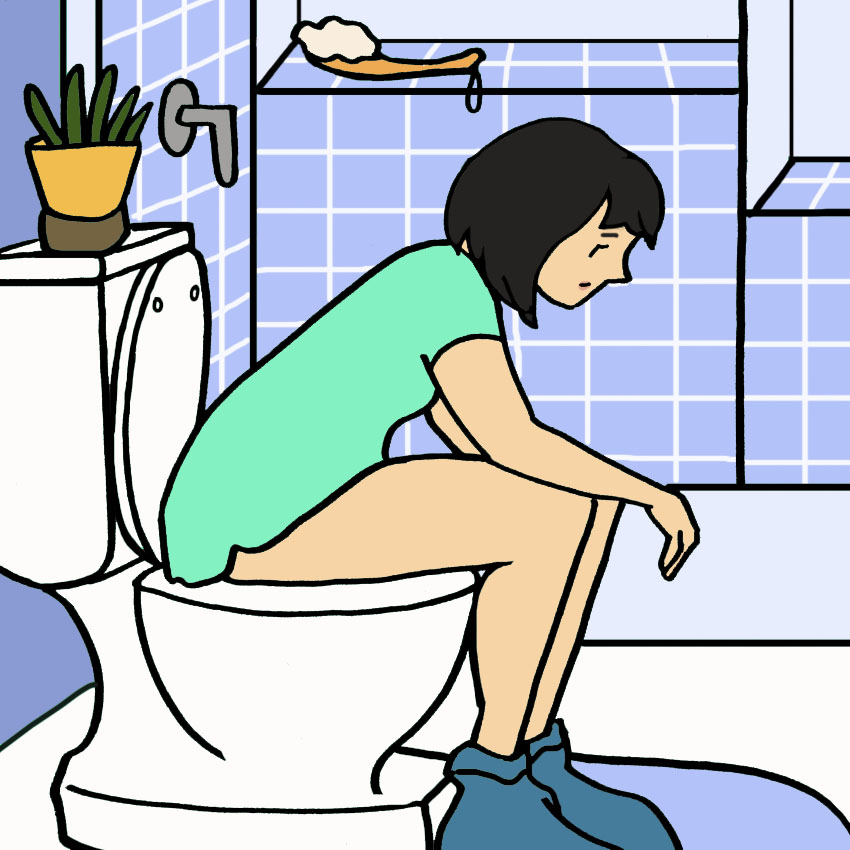
If you're a woman, chances are that you pee sitting down for the most part.
However, the way you sit on the toilet can affect the way urine passes through your bladder and urinary tract.
Dr. Colin Holloway suggests sitting with your feet flat on the floor and in a leaned-forward position with elbows on knees for the best pee.
Moreover, he explains that "sitting this way it empties the bladder more efficiently and lowers the residual (amount left in the bladder). "
Remedy #5: The Valsalva Maneuver
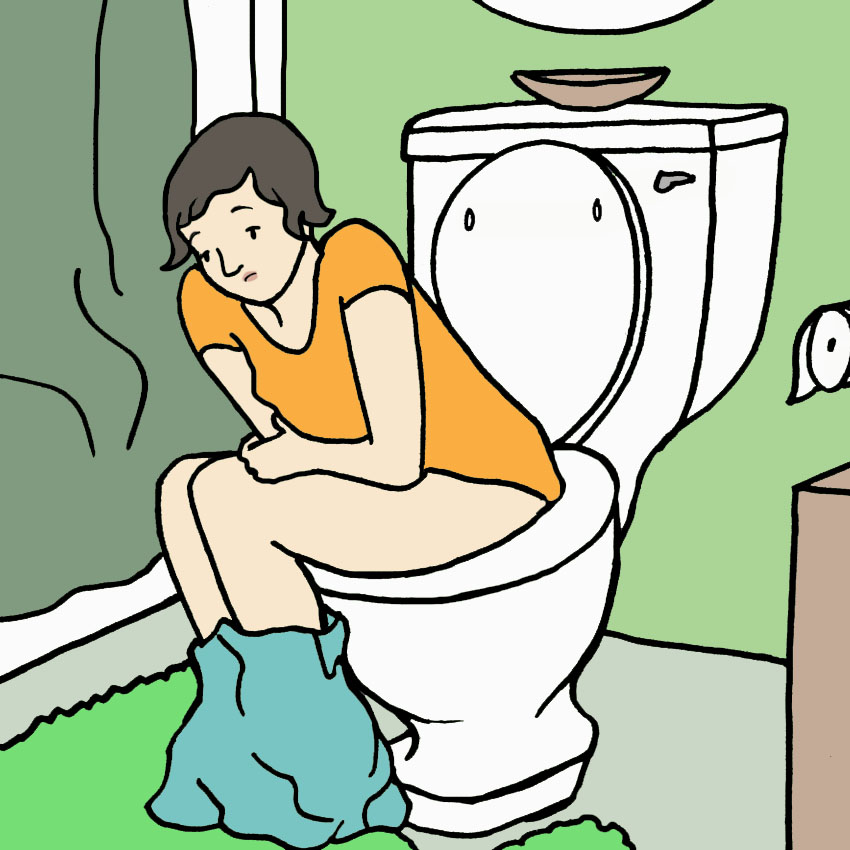
Anything with the word "maneuver" in it sounds a little scary, but this is a simple breathing exercise that may help you urinate a lot more easily.
In the book Using Medical Terminology: A Practical Approach, author Judi Lindsley Nath explains, "The Valsalva maneuver is elicited when the patient forcefully exhales while closing the mouth and nose."
This pressure can help locate a hernia, or it might just be enough force to help you go to the bathroom.
Remedy #6: Try The Noninvasive Suprapubic Tap

Another doctor hack you can use at home is called a noninvasive suprapubic tap.
It's usually performed on newborns to collect midstream urine samples, but can work on adults too.
The NEJM Journal Watch explains the method:
Stimulate the bladder by gently tapping the suprapubic area at a frequency of 100 taps or blows per minute for 30 seconds.
…then stimulate the lumbar paravertebral zone in the lower back with a light circular massage for 30 seconds. The two stimulation maneuvers are repeated until micturition begins.
Remedy #7: Sniff Peppermint Oil
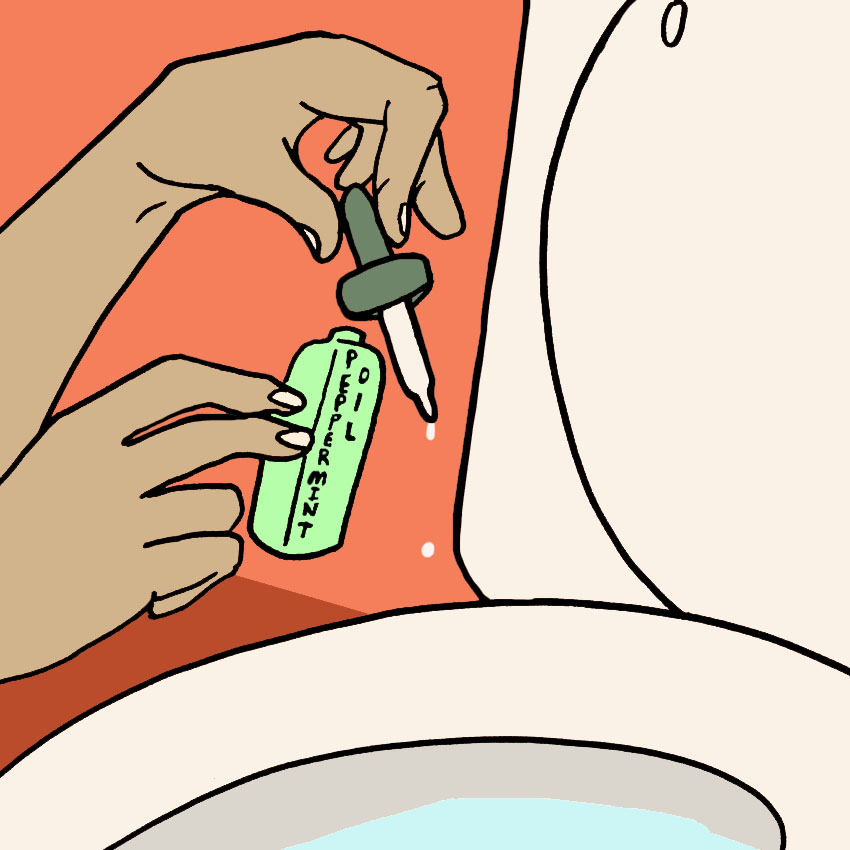
We mentioned eating diuretic foods to help increase urine flow, but you can do more than just chow down on them.
Peppermint oil is also a diuretic and sniffing it can help create the need to pee.
Just ask the moms on Baby Center who swear by this method when they have trouble urinating after giving birth.
What To Do If Nothing Works
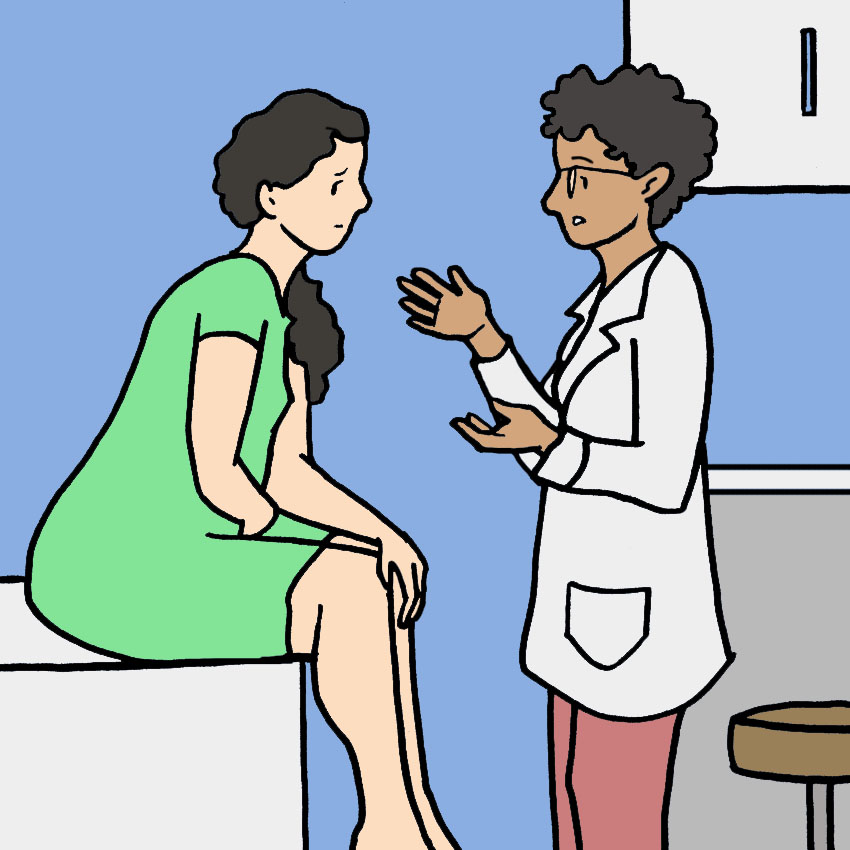
Have you tried everything to pee and nothing works? The next necessary step is definitely to see your doctor.
They will be able to run tests to see if there is a serious infection or obstruction and be able to conduct some of the more complicated urination-inducing methods that you shouldn't try at home.
Be sure to SHARE this advice with someone who always complains about peeing!



